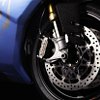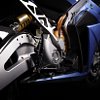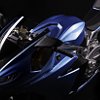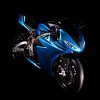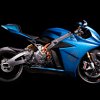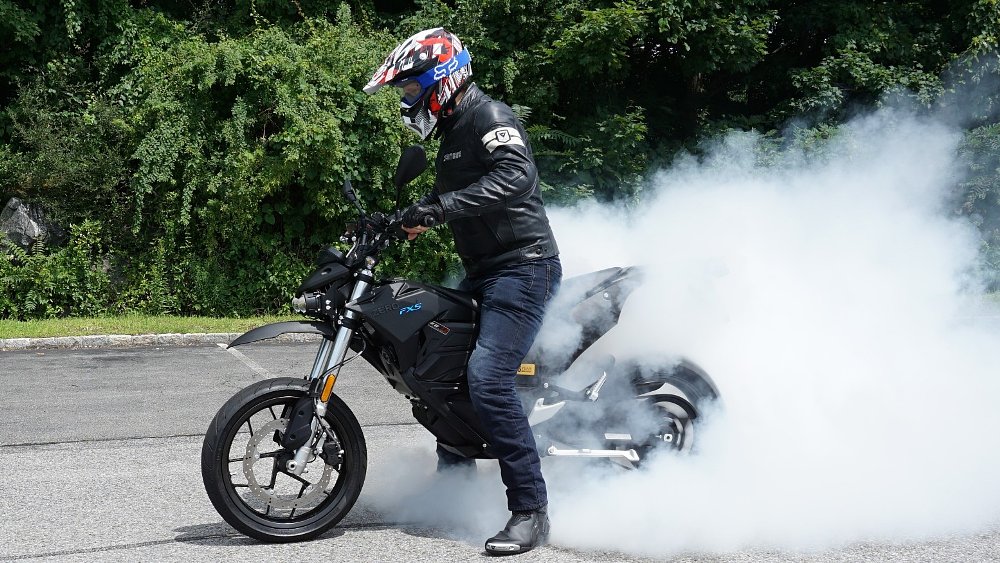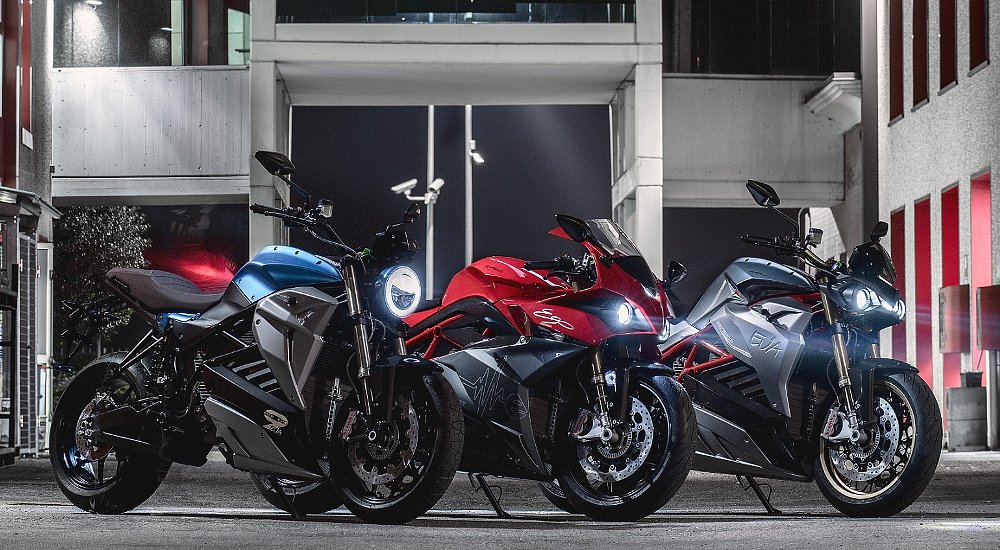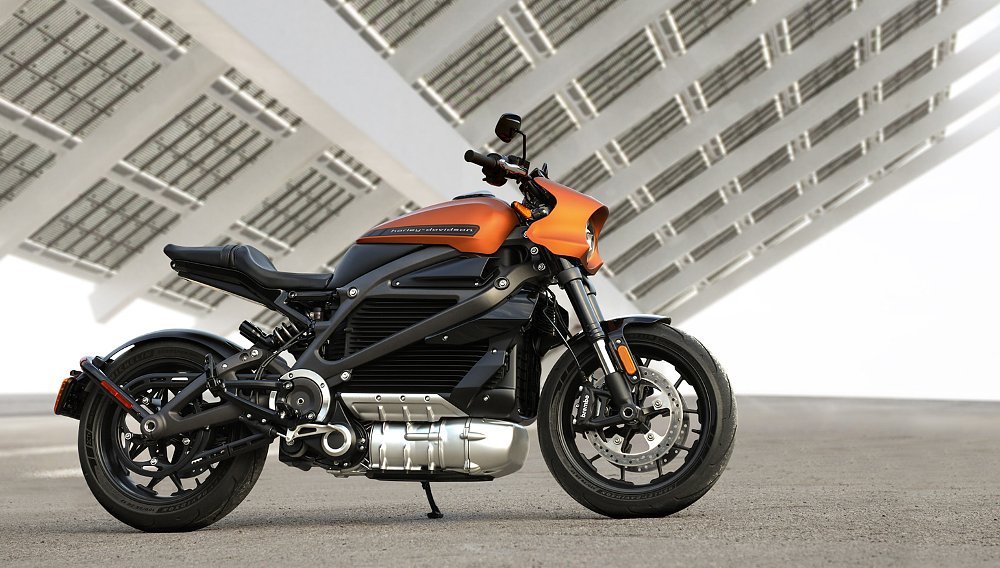Which number do you lead with for the new Lightning Strike? The $12,998 base price? The 150/200 mile highway/city range of the top trim? The 180 foot-pounds of torque that all models share?
Really, only the torque is a good candidate. First, that's a crazy number for a bike. And second, the torque figure is about the only number shared by all three Strike models: Strike Standard ($12,998), Strike Mid Range ($16,998), and Strike Carbon Edition ($19,998). There's a massive spread in pricing, because these bikes are unique in a few key ways. I’ll start with the Strike Standard and work up from there.

Lightning Strike Standard
Lightning says the Strike Standard “offers premium design, performance and technology for an ultra-competitive starting price of $12,998.” That price is only competitive if the product is too, so what’s the Standard have to offer?
The Standard claims 90 horsepower and that all-important 180 foot-pounds of torque. That’s… more torque than a Triumph Rocket III. That’s so much torque, I think I have to ride it to believe it. Zero’s “maximum torque” SR model manages 116 foot-pounds, and the Energica Ego claims 148. Even Lightning’s own LS-218 halo bike (200 horsepower, 168 foot-pounds) makes less. Dear Lightning, if I’m reading that right, this bike should be fun. And at 455 pounds, the weight shouldn’t put too much of a damper on the experience.

Speaking of the LS-218, the Strike’s overall design is based on Lightning’s top model, but optimized for more everyday use. Lightning relies on aerodynamic bodywork to deliver better range and efficiency. This primarily affects highway range, where the slick plastics deliver a “nearly 30 percent reduction in aerodynamic drag at 70 mph… when compared to other non-faired electric motorcycles.” Top speed is 135 mph. I won’t get into the looks much, but this is one of the first electric motorcycles I’ve seen in a while that really looks decent to my eyes. Range is 70/100 miles highway/city. Aside from that torque, the Standard resembles most existing electric motorcycles, except for the price tag.

Like all the Strike models, the Strike uses a liquid-cooled AC motor. The battery is a 10kWh unit. Level 1 (charges overnight via 110V) and Level 2 (two to three hours to full via J1772 public charger) charging come standard. Level 3 (DC fast charge, 100 miles of range in 20 minutes) is a $1,500 option on this base model.
Lightning Strike Mid Range
The Mid Range, fittingly, sits between the Standard and the Carbon Edition. Horsepower and torque stay the same as the Standard, but it picks up a 15 kWh battery (and 10 pounds, a curiously low weight penalty to pay for the extra capacity). The real news with this model is the bump in range. Sitting at 105/150 highway/city, the Mid Range should compete with the Harley-Davidson LiveWire… for about half the price. I have a feeling the aerodynamic Tupperware helps make that possible. Charging is the same as the Standard, with Level 1 and Level 2 options.

Lightning Strike Carbon Edition
Lightning positions the Strike Carbon Edition as “the ultimate version” of the new model, and that comes with some big jumps in specs. Horsepower’s up to 120, the battery is double the Standard’s at 20 kWh (that puts the Carbon at 485 pounds), and Level 3 charging comes standard. As you’d hope, the bodywork is all carbon fiber, hand-laid in Lightning’s shop. It gets upgraded running gear, as well: “Öhlins front and rear suspension, Brembo Monoblock brakes and AIM Strada racing dash with lap timer and GPS-based data logging.” Top speed hops up to 150 mph, and the Carbon Edition’s range is 150/200 highway/city. Is that enough to tempt riders on gasoline machines to go electric? That’s a $20,000 question, though there are certainly a few motorcycles that can’t get that out of a tank of gas. If I can ride this motorcycle, stop for 20 minutes, and go another 100 miles, I think that sounds pretty livable for an electric sports machine. It certainly should be capable of a full track day.
While other electric motorcycles always seem to have some fatal flaw, whether too high a price or too little range or too much weight, the Lightning Strike model line seems to provide the best balance of features. It still does not, however, quite live up to the company's own teaser, because you can't get the promised 150-mile range and the $12,998 starting price in the same motorcycle. Still, the Strike’s three-pronged approach provides an option for the entry-level buyer, the high-performance fanatic, and those in the middle.
That is, according to the spec sheet. To see how it works in the real world, we'll have to wait to ride one.
If you want to be an early adopter, reservations for the Strike Standard, Strike Mid Range, and Strike Carbon Edition are now open. Carbon Editions will be delivered first, starting in July, with the remaining models to follow..































 Riders Preferred Membership
Riders Preferred Membership

